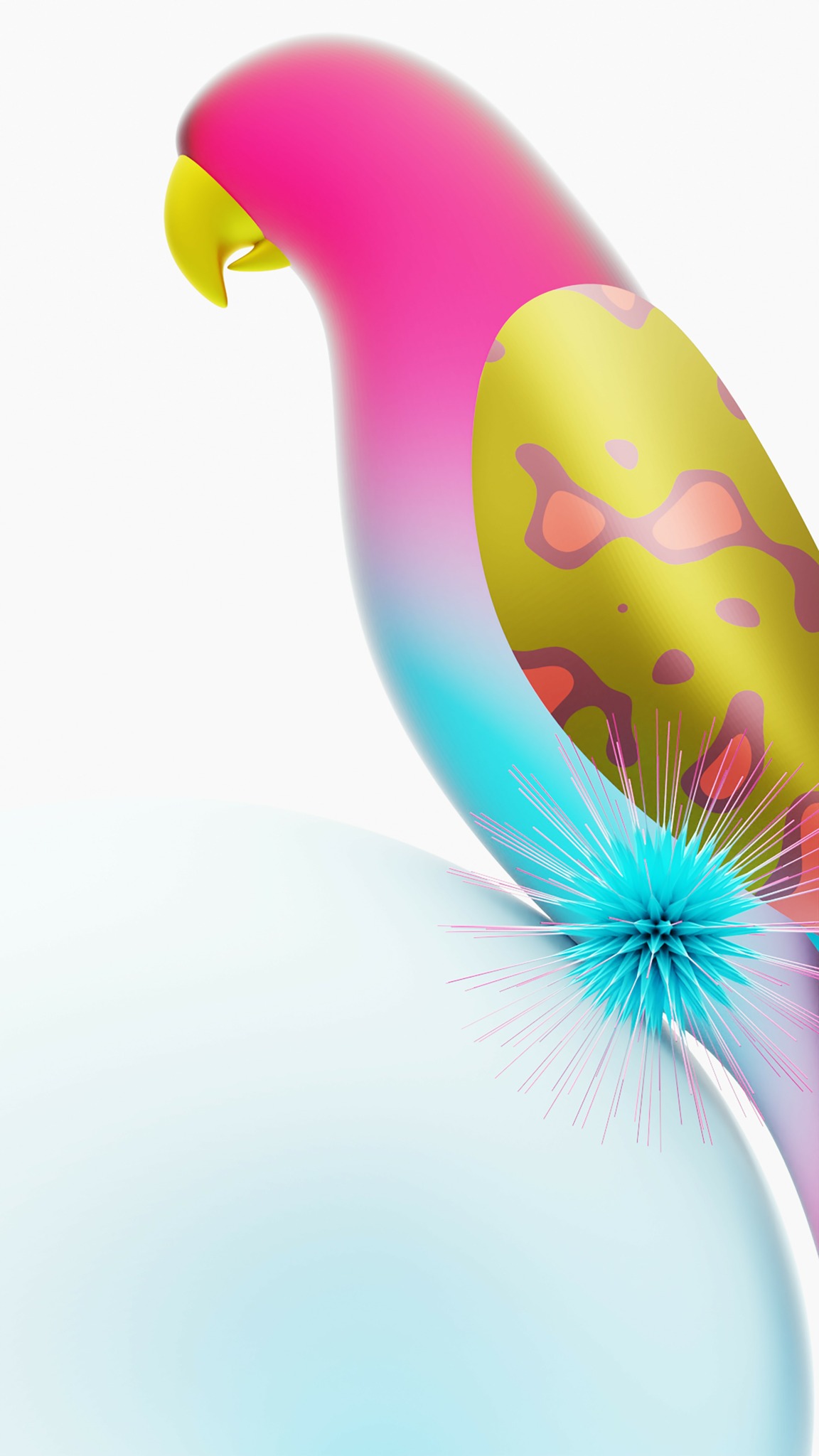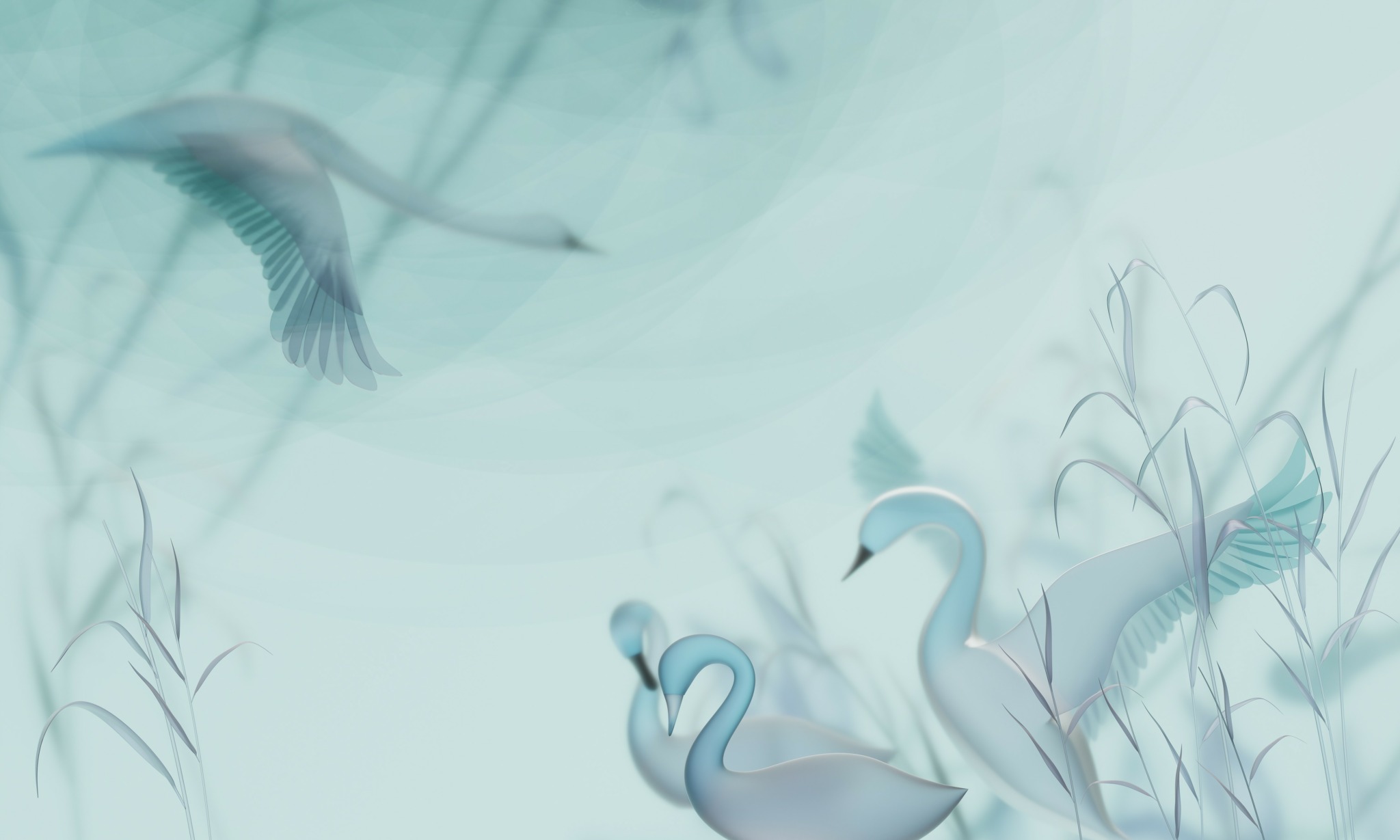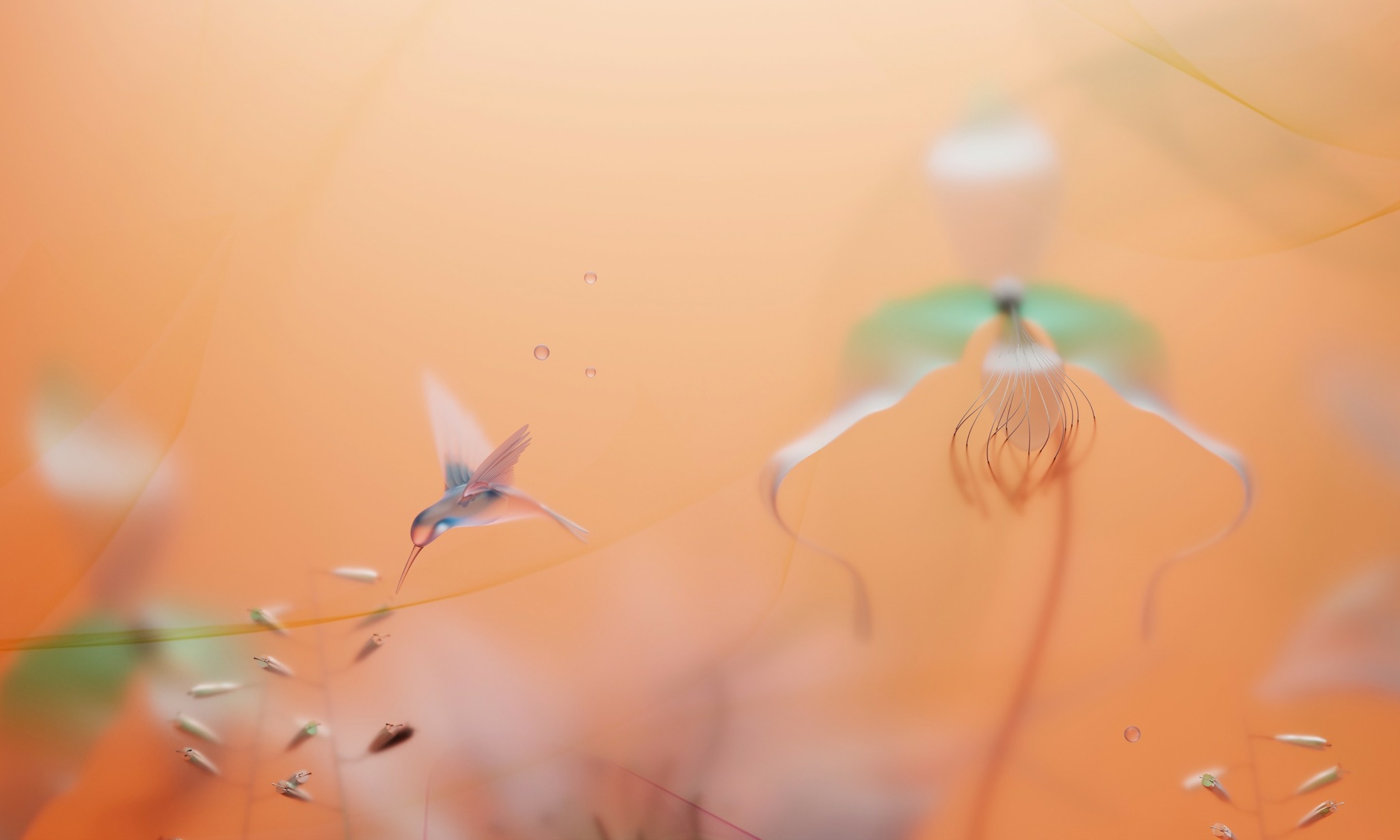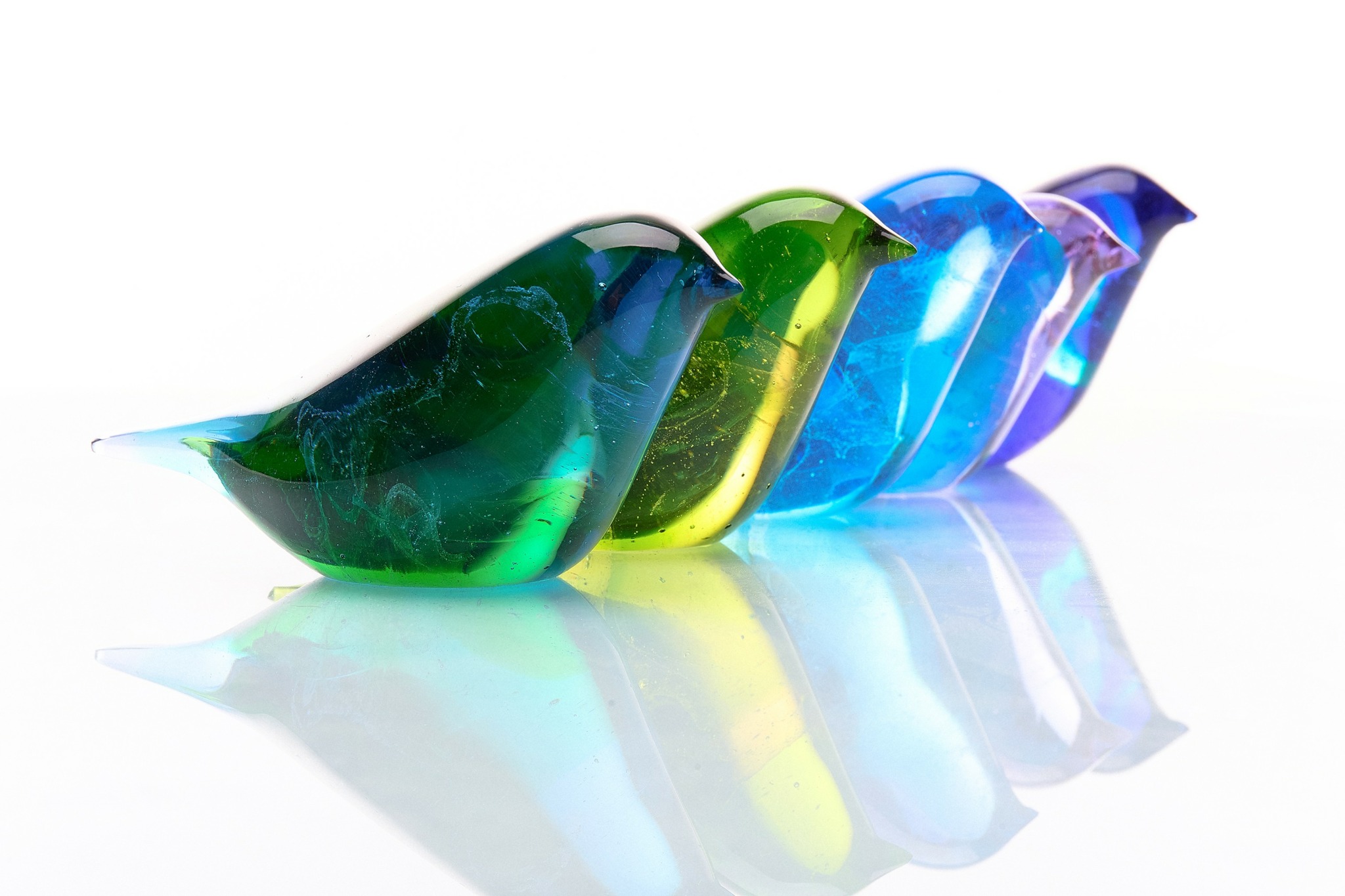We recently connected with Lingzhi Wu and have shared our conversation below.
Lingzhi, looking forward to hearing all of your stories today. Who is your hero and why? What lessons have you learned from them and how have they influenced your journey?
My hero is my father.
He’s a quiet man — not someone who talks a lot — but his silence holds strength, integrity, and a deep dedication to his craft. He spent his entire life working with ceramics in Jingdezhen, the porcelain capital of China, where I was born into a family of ceramic artists. His presence in my life was steady and grounding, and he became my earliest teacher — not just in art, but in how to live a meaningful and committed life.
My father is someone who embodies both gentleness and resilience. Like the porcelain he worked with, he was warm, meticulous, and enduring. He approached his work with immense respect — for the materials, for tradition, and for the unpredictable nature of the fire. Many of his pieces required multiple firings, which always carried the risk of cracking or failure. But he accepted that risk without hesitation. I remember watching him calmly inspect a failed piece — not with frustration, but with acceptance and quiet reflection. To him, the process was as valuable as the outcome. That kind of humility and devotion left a deep impression on me.
One of the most important lessons I learned from my father is to respect the material — to treat it not as something to be controlled, but as something to collaborate with. He believed that materials have their own voice and rhythm, and that the artist’s role is to listen and respond. He also taught me to respect tradition, but not to be confined by it — to find a personal voice within the framework of history and heritage. Most importantly, he encouraged me to follow my heart, even when it meant taking the more difficult path.
These values have shaped my own journey as an artist. Although I eventually expanded into glass and digital art, the philosophy I inherited from my father continues to guide me. I still hear his quiet wisdom in my mind when I’m in the studio — reminding me to be patient, to stay grounded, and to stay true to myself.
My father may never have called himself a “mentor,” but that’s what he’s been to me every step of the way. The way he lived and created art has given me not only a foundation of skill, but a model of how to live with grace, dedication, and courage. For that, I will always be grateful.


Lingzhi, before we move on to more of these sorts of questions, can you take some time to bring our readers up to speed on you and what you do?
My name is Lingzhi Wu. I was born into a family of ceramic artists in Jingdezhen, China, where ceramic art has been passed down for three generations. Growing up, the texture, colors, and stories of ceramics deeply influenced me and gave me a natural connection and respect for traditional crafts. As I grew older, I found myself drawn to the material of “transparency,” which led me to focus on glass art. I also combine digital art to express my inner world through modern media.
Transparency is a recurring theme in my work because it’s not just a material property—it’s a symbol of the soul. Transparency represents purity, truth, and freedom. It’s a bridge for me to communicate with myself and the world around me. I like to use birds and plants, symbols of life, to express the beauty of nature and its vitality. Through my work, I hope to offer healing—not only as a way to heal myself but also as a gift to those who experience my art, bringing them a sense of peace and strength.
In my creative process, I deeply respect traditional culture while constantly exploring new ways to innovate and push boundaries. I strive to blend the essence of traditional craftsmanship with contemporary artistic language, creating works that carry cultural depth and resonate with modern aesthetics. I’m proud that my work has been collected by national-level cultural museums, which reinforces my belief that art is not only a form of self-expression but also a responsibility to preserve and pass on tradition.
Looking ahead, I want to continue innovating and expanding the possibilities of glass and digital art, creating pieces that touch people’s hearts. For me, art is a journey of self-discovery, connection with others, and healing the soul. I’m grateful for all the support and encouragement from friends and followers, and I look forward to sharing this beautiful journey with more people who love art.


Can you share a story from your journey that illustrates your resilience?
This glass artwork, themed around “wild grass,” combines multi-layer kiln fusing and engraving techniques to express the resilience and transparency of wild grass growing tenaciously in narrow gaps.
After engraving, the piece requires fire polishing in the kiln to achieve the desired texture. The entire process demands great patience and technical skill. The piece cracked three times during firing, and each failure cost me about a month and a half to redo. In total, it took half a year to complete.
Despite repeated setbacks, I never gave up. Instead, I continuously adjusted my techniques, carefully learned from each experience, and finally completed the work.
This journey taught me that resilience is not a one-time act of persistence, but the willingness to keep correcting and moving forward despite difficulties. Just like wild grass, no matter how harsh the environment, it strives to take root and bloom strongly.


Have you ever had to pivot?
In my artistic journey, one of the most significant turning points came when I realized I needed to move beyond the traditional ceramic art that had been passed down through three generations in my family. While ceramics felt natural and familiar, I found myself drawn to the material of transparency — glass. This passion led me to explore glass art, a new medium that challenged me technically and creatively.
At the same time, I began experimenting with digital art, combining traditional craftsmanship with modern technology to tell my story in fresh ways. This shift was not easy. It meant stepping out of my comfort zone, facing uncertainty, and learning entirely new skills. There were moments of doubt and struggle, but through this process, I discovered my true artistic voice.
This pivot expanded my creative boundaries and taught me to embrace change and the unknown. It reminded me that growth often requires letting go of old habits and being open to new possibilities. This experience deeply shaped my approach to art and allowed me to connect with my audience in a more authentic and meaningful way.
Contact Info:
- Website: https://www.lingzhiwu.art/
- Instagram: https://www.instagram.com/lingzhiwu.art/




